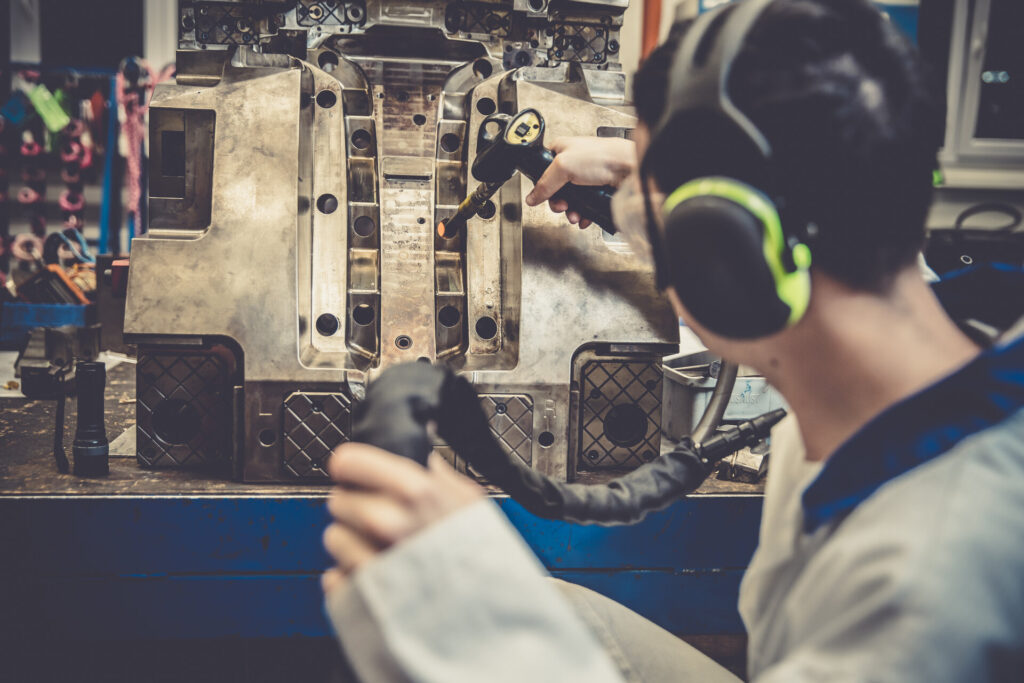Many players rent a Minecraft server to unlock creative freedom and multiplayer gameplay — but without the right technical foundation, even the best ideas lag behind.
Stability Matters More Than You Think
Fast gameplay isn’t just a luxury — it’s the core requirement for any immersive building or survival experience. Technical hiccups, delayed responses, or server crashes not only frustrate users but also disrupt long-term projects. For anyone hosting multiple players, a strong, stable infrastructure becomes non-negotiable. It’s not just about playing — it’s about playing consistently well.
When users look for a solution to this, their intent is clear: They want a reliable setup that supports mods, handles multiple players, and performs under load. They don’t want to worry about lag when building redstone machines or loading new chunks. That’s why hosting on your own hardware often doesn’t cut it.
Renting a Minecraft Server with Strong Performance Behind the Scenes
Under the hood, a smooth game session is made possible by fast CPUs, SSD storage, optimized network routing, and RAM allocations matched to your gameplay scale. These are the quiet workhorses that ensure every block places correctly and every biome loads instantly.
Here’s the thing: Not every hosting provider offers this level of technical precision. Some providers oversell hardware, others lack optimized configurations for modded setups. That’s why performance benchmarks, datacenter location, and automatic scaling options are more than just specs — they’re success factors.
Setup Simplicity Speeds Up Fun
Technical performance is critical, but it’s worth nothing if setup is a nightmare. A good hosting service offers intuitive dashboards, easy backups, and one-click installations. You shouldn’t need to be a system administrator to enjoy building complex worlds with friends.
This is especially true if you plan to rent minecraft server with mods — modpacks often require specific configurations, memory allocation, and frequent updates. If your host doesn’t support that easily, your creativity hits a wall fast.
Look for services that provide pre-configured modpack support or let you upload your own with minimal technical hassle. Ideally, these include performance monitoring so you know what’s happening in real time.
Community Features Define the Long-Term Experience
A rented server isn’t just a place to play — it’s often the digital hub of a friend group or online community. That’s why features like scheduled backups, whitelist control, world management tools, and multi-admin access aren’t bonuses. They’re essential.
Equally relevant: Customer support. When something breaks, you don’t want to wait days for a ticket reply. You want access to support that understands not just generic server hosting, but Minecraft-specific issues. Performance doesn’t stop at tech — it extends to the human support structure behind the service.
Rent a Minecraft Server: Balancing Cost and Quality

Price matters, but it should never be the only deciding factor. A $2/month server might sound attractive, but if uptime, latency, or mod support suffer, you’re wasting both time and money. Serious players and builders need more than minimum specs. Look for clear pricing models, flexible plans, and the ability to upgrade easily as your world grows.
The best providers don’t hide costs behind paywalls or setup complexity. They offer transparency, test servers, and documentation that educates rather than confuses.
✅ Server Hosting Checklist for a Smooth Minecraft Experience
Use this checklist to evaluate any hosting provider before committing. A reliable setup isn’t just about RAM and slots — it’s about long-term stability, support, and flexibility.
| ✅ To Check | 💡 What It Means |
| Server location near your player base | Reduces latency and chunk loading delays significantly. |
| Guaranteed resources (no overselling) | Ensures your server performance isn’t affected by other users. |
| Support for modpack uploads & custom .jar files | Needed if you plan to use Forge, Fabric, or special setups. |
| Daily automatic backups included | Critical for preventing data loss in case of crashes or corruption. |
| DDoS protection & uptime guarantee | Avoids forced downtime and potential griefing issues. |
| Flexible scaling options (RAM, slots, storage) | Lets you adapt your server to growing player needs. |
| Integrated performance monitoring tools | Helps you track and resolve lag or memory leaks quickly. |
| Simple file management via web FTP or browser | For easy uploads, world transfers, or mod updates. |
| Multi-user control panel access | Enables shared admin access without account sharing. |
| Clear and transparent pricing model | No surprise fees for essential features or traffic overages. |
| Pre-install options for common modpacks | Saves time if you plan to use popular packs like RLCraft or FTB. |
| Editable server start parameters | Advanced control over startup settings and JVM arguments. |
| Knowledge base or live chat support | Fast help when you need it most — especially for mod errors. |
🎯 Pro-Tip: Before you rent a Minecraft server, go through this checklist with at least two providers to compare value beyond just price and RAM.
Building Without Limits
Minecraft is about exploration, creativity, and freedom — but those qualities rely on invisible infrastructure. A strong host makes itself invisible by simply working. The less you think about latency, the more you focus on your world. That’s how technical quality shapes user experience.
And when the tech is right, you unlock the full potential of every adventure, redstone contraption, or co-op challenge — without frustration.
When Performance Fuels Creativity

Reliable technology isn’t a background detail — it’s the enabler of everything great in Minecraft. From modded survival to massive builds, the gameplay quality rises and falls with the server beneath it. If you’re planning to rent a Minecraft server, make tech your top priority. The right setup turns every idea into a playable reality.Formularende
Image Source: Rokas, Moments In Frame, PhotoPhantom, Adobe Stock


 Types of Jewelry Supplies in the Wholesale Market
Types of Jewelry Supplies in the Wholesale Market









